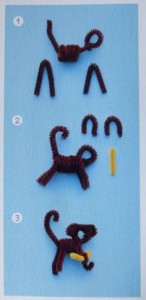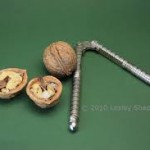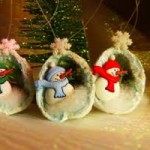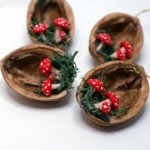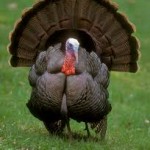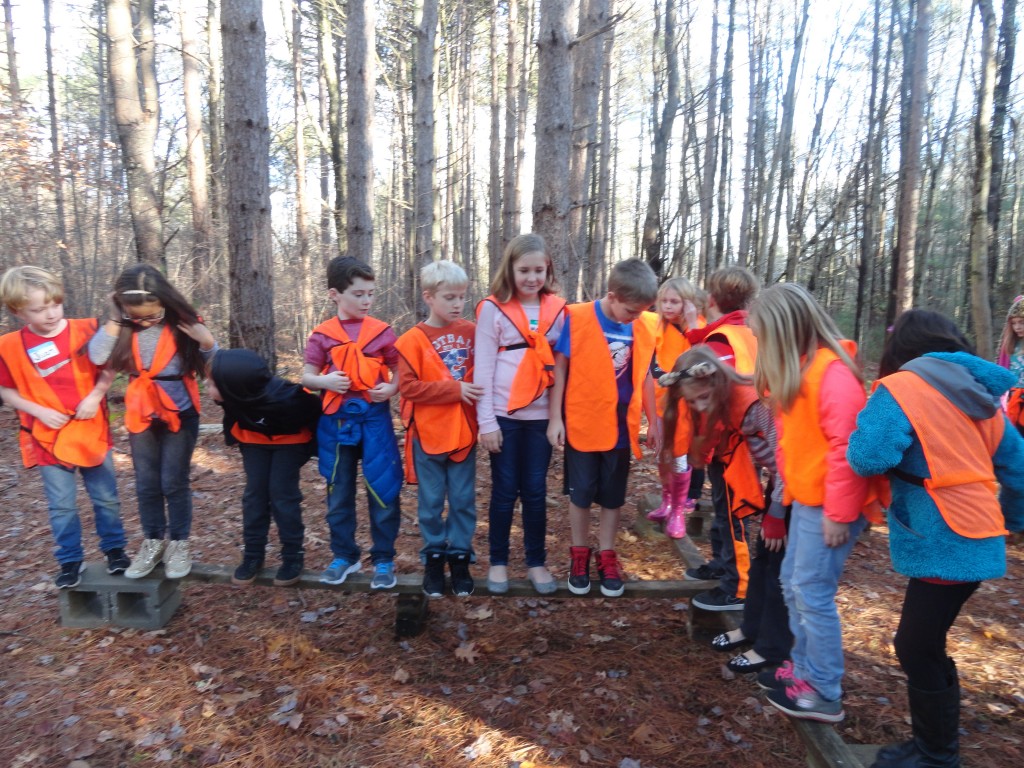 Our first term is complete. Report cards are coming to you today. Please make time to read the information on the supporting document. Without that information the report card is likely to mean little. I hope that as you look at the numbers and letters on the report card, you will think about the work your child has been bringing home each week, what you’ve been reading on the blogs and what you’ve seen when you’ve visited the classroom. We have these opportunities to help you picture where your child learns and imagine how he or she functions within the social parameters of school. This term’s report card does not have a narrative (the other two will). Please find the accompanying Parent Teacher conference sign-up schedule. Hopefully this will bring more understanding to today’s document. During our conference we will also set 2 or 3 goals for your child. Please think about what is most important to you at this time. They could be social or academic goals. I will share those with your child and we’ll spend time working on them throughout the remainder of our year.
Our first term is complete. Report cards are coming to you today. Please make time to read the information on the supporting document. Without that information the report card is likely to mean little. I hope that as you look at the numbers and letters on the report card, you will think about the work your child has been bringing home each week, what you’ve been reading on the blogs and what you’ve seen when you’ve visited the classroom. We have these opportunities to help you picture where your child learns and imagine how he or she functions within the social parameters of school. This term’s report card does not have a narrative (the other two will). Please find the accompanying Parent Teacher conference sign-up schedule. Hopefully this will bring more understanding to today’s document. During our conference we will also set 2 or 3 goals for your child. Please think about what is most important to you at this time. They could be social or academic goals. I will share those with your child and we’ll spend time working on them throughout the remainder of our year.
With Gratitude for Your Time
Goal Setting and Fall Portfolio Share
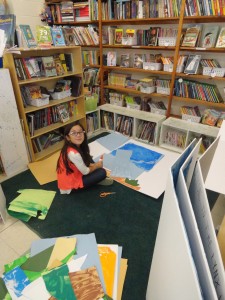 Thank you for coming to hear your child present his or her work and share learning goals. Third graders are just beginning to understand they are responsible for what they learn. They can learn a lot or a little – it depends on their attention and focus, their effort and persistence and on their abilities to reflect and set personal learning goals. The last in the list is a skill that is just beginning to emerge and with our support will continue to grow over the next few years.
Thank you for coming to hear your child present his or her work and share learning goals. Third graders are just beginning to understand they are responsible for what they learn. They can learn a lot or a little – it depends on their attention and focus, their effort and persistence and on their abilities to reflect and set personal learning goals. The last in the list is a skill that is just beginning to emerge and with our support will continue to grow over the next few years.
Your children have been setting physical goals for a while now. These goals are things like practicing and learning how to play a sport, perform a dance or piano piece, participate in the kata and to ride a bike. These goals are clear and concrete. Academic goals are more hidden and harder to set because the goal is unclear. In third grade some goals are also tied to the concrete. For example, “I want to read bigger, fatter books.” or “I want to solve all four math problems every day.” Through the year and into next this will change as the children learn to experiment with ideas and options.
 I thought the children did a very good job setting goals they can actually achieve and in setting goals we can track throughout the year. We will keep revisiting their goals and adjusting them as needed. It will be interesting to see how each of them chooses to document and share growth across the year.
I thought the children did a very good job setting goals they can actually achieve and in setting goals we can track throughout the year. We will keep revisiting their goals and adjusting them as needed. It will be interesting to see how each of them chooses to document and share growth across the year.
3E’s Animal Kingdom
Thank you, also, for making time to celebrate your child’s learning at the Animal Kingdom. I hope you had time to read their thoughtful informational pieces of writing. They read and took notes. They worked hard to understand what they were reading – not an easy thing from someone whose only been on the earth for 9-ish years. They experimented with leads – questions, picture, dialogue and onomatopoeia were their options. We had many mentor texts to support their writing. Did you notice that some of the children invented characters to talk you through their information? Did you notice that some of the children tried to help you learn through comparison? Did you notice each author’s voice or how several of the children tried to engage you with humor? I am looking forward to our next research project related to mapping and global geography. I can’t wait to see how their ideas and abilities grow.
 The children also learned a great deal about habitats around the world. They learned about food webs and food chains. Many of their animals are endangered. They understand how one change – the loss of one animal is never just one – it impacts and changes entire ecosystems. At first we thought it would make no difference if one animal is lost, but now we know different.
The children also learned a great deal about habitats around the world. They learned about food webs and food chains. Many of their animals are endangered. They understand how one change – the loss of one animal is never just one – it impacts and changes entire ecosystems. At first we thought it would make no difference if one animal is lost, but now we know different.
Our Special Scientist Project
We had great kick-off to this project by having Peter Gustafson (Mrs. Gustafson’s husband), director of the S.E.E. Science Center in Manchester, to teach us about the scientific problem solving, combustion, chemical reactions and fun. With just two plan pieces of paper he helped us discover one of the most important things scientists do – they experiment with ideas. He also helped us understand how scientists collaborate and work together. They are out to improve our world and to achieve this they need to share ideas to grow new and better ones.
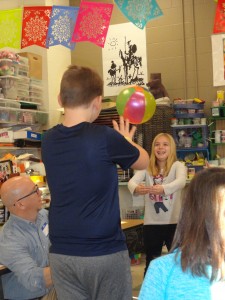
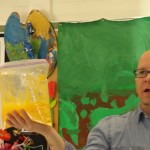
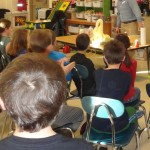 We learned the three things needed for combustion. See if your child can remember what it took to make the turkey baster cannon fire. Combustion needs three things – can they tell you? We also learned about catalysts to chemical reactions. It was interesting to learn that science is like following a recipe – the right amount and combinations work perfectly. Talk to your child about what s/he remembers. It was fun and interesting. Be on the lookout for information about our Who Am I scientist project. It will require some of your help at home – thank you in advance for that!
We learned the three things needed for combustion. See if your child can remember what it took to make the turkey baster cannon fire. Combustion needs three things – can they tell you? We also learned about catalysts to chemical reactions. It was interesting to learn that science is like following a recipe – the right amount and combinations work perfectly. Talk to your child about what s/he remembers. It was fun and interesting. Be on the lookout for information about our Who Am I scientist project. It will require some of your help at home – thank you in advance for that!
Time in math – Learning our 5’s table

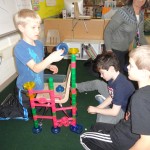 This week we’ve been exploring the connection between telling time and knowing the 5 times table. The children have been working to read analogue and digital clocks. They’ve been thinking about how many of one thing they think they can do in a minute and then checking to see how much time as elapse. We’ve also straightened out the time on a clock to show how it is a time line.
This week we’ve been exploring the connection between telling time and knowing the 5 times table. The children have been working to read analogue and digital clocks. They’ve been thinking about how many of one thing they think they can do in a minute and then checking to see how much time as elapse. We’ve also straightened out the time on a clock to show how it is a time line.
Bits and Pieces
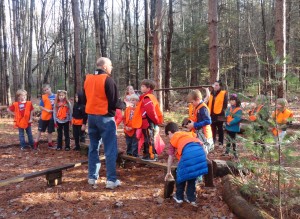 This week our challenge with Mr. Caron was one where we could practice either self-management or social responsibility. Each student chose what he or she would work on and then we problem solved our way across a “swamp.”
This week our challenge with Mr. Caron was one where we could practice either self-management or social responsibility. Each student chose what he or she would work on and then we problem solved our way across a “swamp.”- We’ve begun our 4th chapter read-aloud, School According to Humphrey The hope is that this will be a way of opening the door to new series that are slightly more challenging and on the edge of reading independently. It’s already happening as the Humphrey books have been discovered.
- We’ll be starting cursive next week – exciting too.
Thank you for all you do!
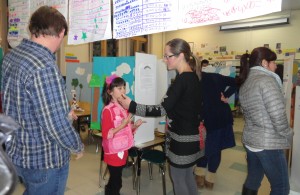
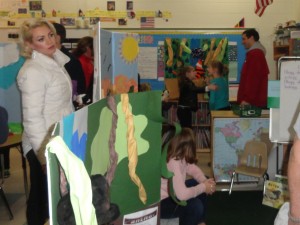

 On the last gym class of 2016, Mrs. Yeaton offered a challenge. Work as a team. Select 16 items from the supplies. Use all 16 pieces to create a snowman.
On the last gym class of 2016, Mrs. Yeaton offered a challenge. Work as a team. Select 16 items from the supplies. Use all 16 pieces to create a snowman. The class started at 10:15. The snowmen were finished at 10:43. How much time did the class use to complete the challenge?
The class started at 10:15. The snowmen were finished at 10:43. How much time did the class use to complete the challenge?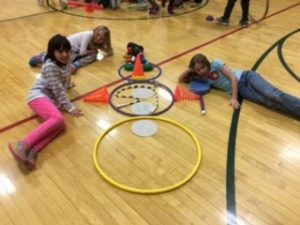 Maybe tomorrow there will be enough snow to build a snowman outside. I hope so. Enjoy the rest of your vacation!
Maybe tomorrow there will be enough snow to build a snowman outside. I hope so. Enjoy the rest of your vacation! 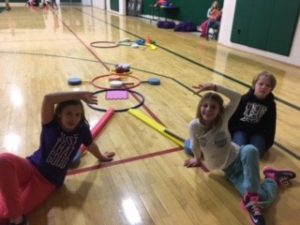
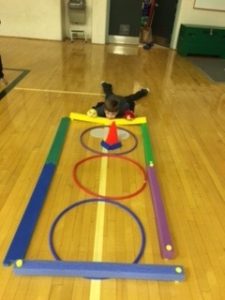
 🙂
🙂 e explored science in many ways. We finished our exploration of magnets. We shared our “Who Am I?” secret scientist projects so the class learned about many different area of science they hadn’t considered before. We went to the SEE Museum and we celebrated science learning all day yesterday with experiments and observations and creations.
e explored science in many ways. We finished our exploration of magnets. We shared our “Who Am I?” secret scientist projects so the class learned about many different area of science they hadn’t considered before. We went to the SEE Museum and we celebrated science learning all day yesterday with experiments and observations and creations. Throughout the month of December we’ve been exploring magnets and magnetism. We’ve learned about the poles. We know that opposites attract and like poles repel. We know that magnets occur naturally on Earth and that the world is one huge magnet itself. Magnetic lines of force travel through solids and liquid. They are strengthened by electric currents and are used in many ways to make our lives easier though we may not even realize that magnets are all around us.
Throughout the month of December we’ve been exploring magnets and magnetism. We’ve learned about the poles. We know that opposites attract and like poles repel. We know that magnets occur naturally on Earth and that the world is one huge magnet itself. Magnetic lines of force travel through solids and liquid. They are strengthened by electric currents and are used in many ways to make our lives easier though we may not even realize that magnets are all around us. Thank you to Linda Dionne, Kenneth Mango and Christina McAlister for joining us on for our field trip. We learned about electricity and used the Van de Graf generator. We explored Sir Isaac Newton’s laws of motion as we observed the harmonigraph drawing. We toured the many exhibits learning about light and perception, surface tension and pressure and ways to use all of our senses to learn. We created silly putty in the Slimy Science Lab using 2 parts glue to 1 part liquid starch – and lots of heat and energy from us. We stirred and kneaded the mixture to get it to its final fun state.
Thank you to Linda Dionne, Kenneth Mango and Christina McAlister for joining us on for our field trip. We learned about electricity and used the Van de Graf generator. We explored Sir Isaac Newton’s laws of motion as we observed the harmonigraph drawing. We toured the many exhibits learning about light and perception, surface tension and pressure and ways to use all of our senses to learn. We created silly putty in the Slimy Science Lab using 2 parts glue to 1 part liquid starch – and lots of heat and energy from us. We stirred and kneaded the mixture to get it to its final fun state.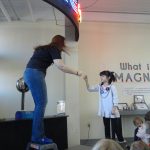

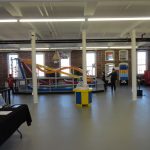

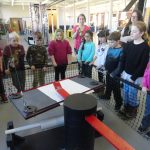

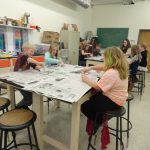

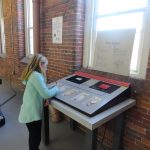


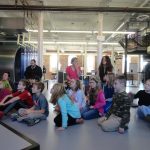

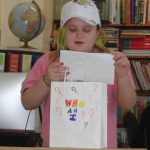
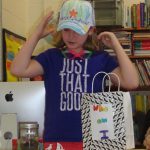
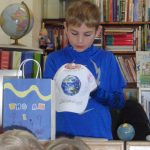


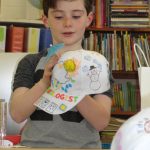
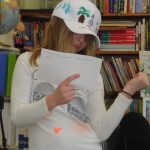

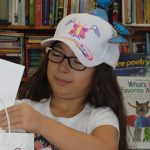
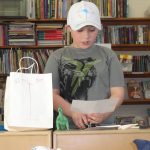
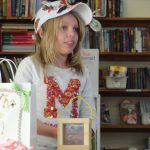

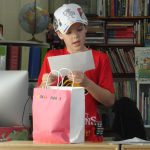
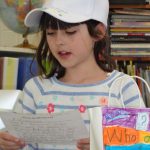
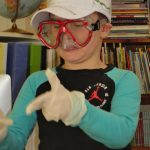
 Each of the children did a wonderful job presenting their scientist and sharing their artifacts with the class. We learned about civil engineers and aerospace and robotic engineers. We learned about zoologists, entomologists and ichthyologists too. We know about ornithologists, herpetologists and lepidopterists. We learned about geology, seismology, and volcanology. There’s meteorology, oceanography, astronomy, botany and paleontology. Science is everywhere. It makes the world run. It is fun and exciting. It is full of reactions and interactions. And it is always growing and changing. Science is how we learn about our earth and make new things happen. We’ve had fun exploring and celebrating science. Thank you to Marianne von Jess for joining us for the Flubber-fest and bringing our treat!
Each of the children did a wonderful job presenting their scientist and sharing their artifacts with the class. We learned about civil engineers and aerospace and robotic engineers. We learned about zoologists, entomologists and ichthyologists too. We know about ornithologists, herpetologists and lepidopterists. We learned about geology, seismology, and volcanology. There’s meteorology, oceanography, astronomy, botany and paleontology. Science is everywhere. It makes the world run. It is fun and exciting. It is full of reactions and interactions. And it is always growing and changing. Science is how we learn about our earth and make new things happen. We’ve had fun exploring and celebrating science. Thank you to Marianne von Jess for joining us for the Flubber-fest and bringing our treat!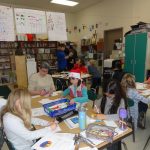
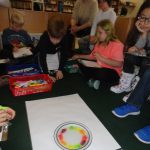
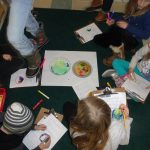 Have a wonderful and restful week away. When we return we be exploring the world through mapping and discovering different cultures around the world.
Have a wonderful and restful week away. When we return we be exploring the world through mapping and discovering different cultures around the world.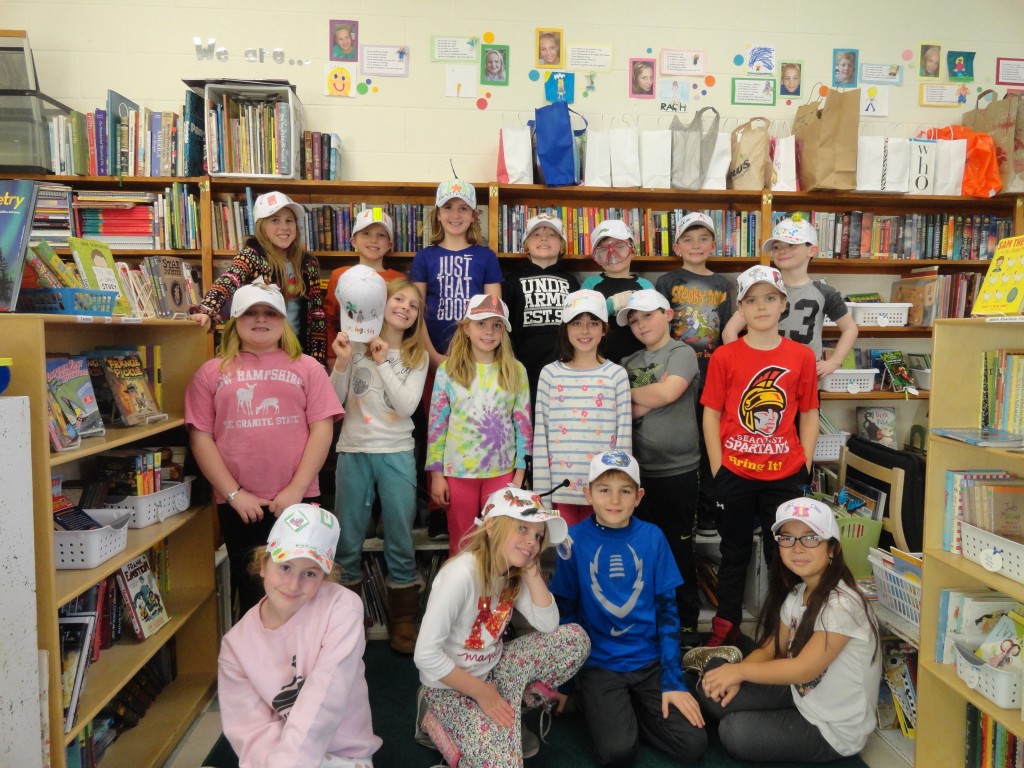 We’ve had a terrific week celebrating science and scientists! Thank you families for your incredible help and support with our “Who Am I?” project. It was clear that our class knows a lot more about science and scientists than we did before. Science in one way for us to insure that the world remain an exciting place – full of possibility, discoveries and excitement. What doors can we open with our questions?
We’ve had a terrific week celebrating science and scientists! Thank you families for your incredible help and support with our “Who Am I?” project. It was clear that our class knows a lot more about science and scientists than we did before. Science in one way for us to insure that the world remain an exciting place – full of possibility, discoveries and excitement. What doors can we open with our questions?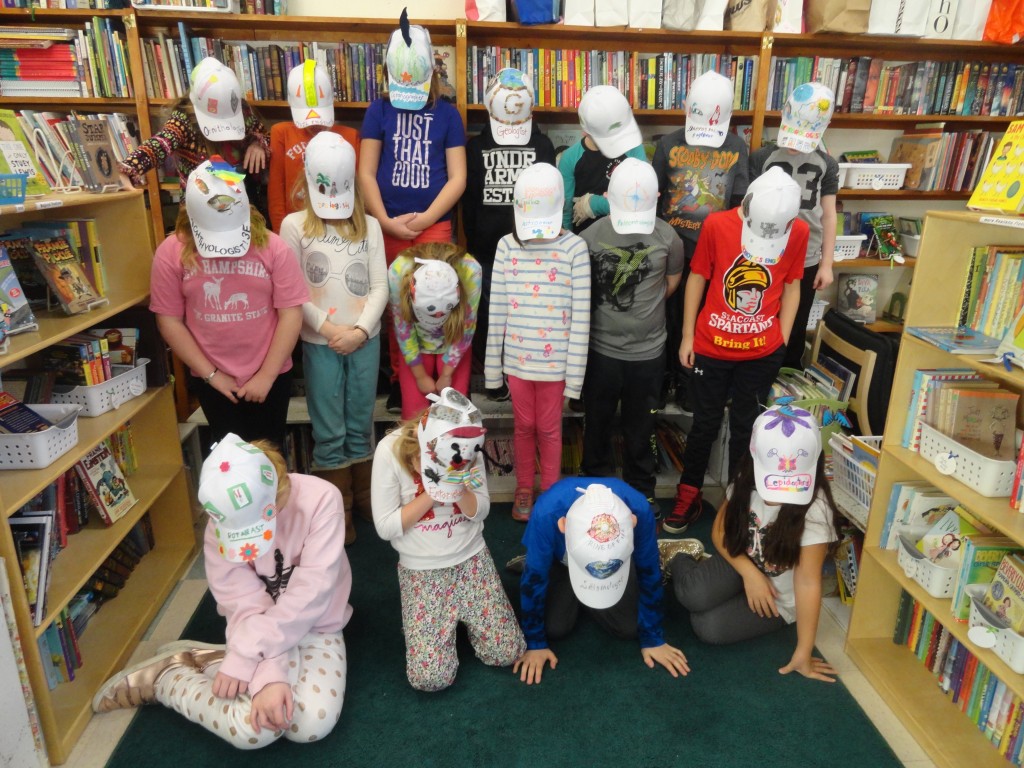
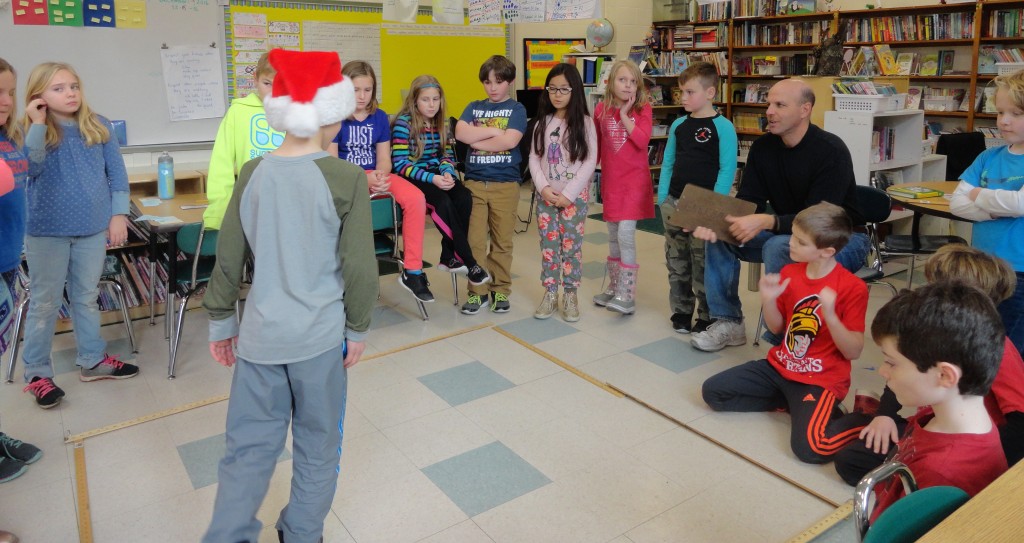 Winter is right around the corner! Next week we’ll be changing our season strip from “otono” to “invierno” (those are our Spanish seasons), but it certainly feels like winter already. We will be going outside most days and hope that the children are prepared for cold weather. We had a very brisk recess yesterday, but we survived. We’ll see what next week and the New Year bring us.
Winter is right around the corner! Next week we’ll be changing our season strip from “otono” to “invierno” (those are our Spanish seasons), but it certainly feels like winter already. We will be going outside most days and hope that the children are prepared for cold weather. We had a very brisk recess yesterday, but we survived. We’ll see what next week and the New Year bring us.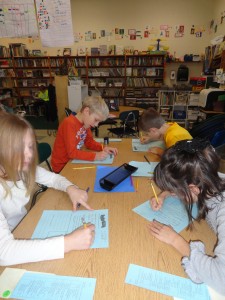 We’ve been having fun working with magnets. See what your child can tell you about them and how they work. We’ve been learning about the different types of magnets and what things are magnetic. We’ve been learning about poles – opposite poles attract and like poles repel. We know magnets have different strengths, but we are not sure why. We know that there are natural magnets called magnetite or loadstone and we know that magnets are all around us. In fact, we are on a giant magnet. We can’t see this force, but we use it every day.
We’ve been having fun working with magnets. See what your child can tell you about them and how they work. We’ve been learning about the different types of magnets and what things are magnetic. We’ve been learning about poles – opposite poles attract and like poles repel. We know magnets have different strengths, but we are not sure why. We know that there are natural magnets called magnetite or loadstone and we know that magnets are all around us. In fact, we are on a giant magnet. We can’t see this force, but we use it every day. We’ve begun to learn more about sentences. We know they have two parts – the subject and the predicate. We’ve discovered they can be simple, complex or compound. They can be statements, questions or exclamations. We are learning more about how sentences are constructed and how we can craft them to make our writing
We’ve begun to learn more about sentences. We know they have two parts – the subject and the predicate. We’ve discovered they can be simple, complex or compound. They can be statements, questions or exclamations. We are learning more about how sentences are constructed and how we can craft them to make our writing 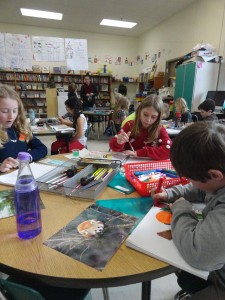 more interesting and/or informative. We are working to become more aware of grammar and the rules used in writing conventions. Many children are not following conventional rules because they do not know where they should use them. They do not know what a sentence is beyond saying it begins with a capital and ends with a period. We’ll continue this exploration and learn how to punctuate dialogue so that conversations become clearer in writing as well.
more interesting and/or informative. We are working to become more aware of grammar and the rules used in writing conventions. Many children are not following conventional rules because they do not know where they should use them. They do not know what a sentence is beyond saying it begins with a capital and ends with a period. We’ll continue this exploration and learn how to punctuate dialogue so that conversations become clearer in writing as well.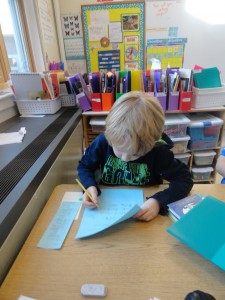 We’ve been working to tell time and to calculate how time passes. Children have felt this challenge! When we first started exploring time and time elapse problems it was a way for us to practice telling time and to learn our 5’s multiplication table. Now we are using time as a way to explore 6’s and the power of 10. If you have a chance to pose time questions to your child please do – things like, “We’ll be going to the hockey game at 6:30. How many minute is that from now?” or “We’ll leave for the library when we’ve finished baking the cookies. It takes 12 minutes to bake each sheet of cookies and we’ve got 4 sheets to bake. When will we be going to the library?”
We’ve been working to tell time and to calculate how time passes. Children have felt this challenge! When we first started exploring time and time elapse problems it was a way for us to practice telling time and to learn our 5’s multiplication table. Now we are using time as a way to explore 6’s and the power of 10. If you have a chance to pose time questions to your child please do – things like, “We’ll be going to the hockey game at 6:30. How many minute is that from now?” or “We’ll leave for the library when we’ve finished baking the cookies. It takes 12 minutes to bake each sheet of cookies and we’ve got 4 sheets to bake. When will we be going to the library?”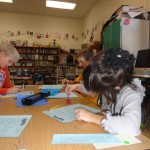 Celebrating Scientists and Science – I hope things are going well with the
Celebrating Scientists and Science – I hope things are going well with the 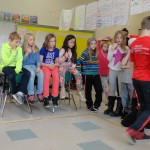 Walking through the
Walking through the 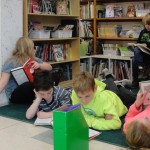
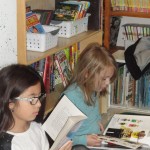 We are growing and becoming a stronger learning community every day. Our biggest remaining challenges are being aware of when it is the right time to be funny, and recognizing the difference between funny and immaturity. Thanks for talking to your child about his or her efforts to stay focused and in control – especially while a few around them may not be. We’ve nearly earned our first special treat for behaving well. Our jar is getting full!
We are growing and becoming a stronger learning community every day. Our biggest remaining challenges are being aware of when it is the right time to be funny, and recognizing the difference between funny and immaturity. Thanks for talking to your child about his or her efforts to stay focused and in control – especially while a few around them may not be. We’ve nearly earned our first special treat for behaving well. Our jar is getting full!
 There were four bowls of mints in the library. Each bowl had 213 mints in it. How many mints were there altogether?
There were four bowls of mints in the library. Each bowl had 213 mints in it. How many mints were there altogether?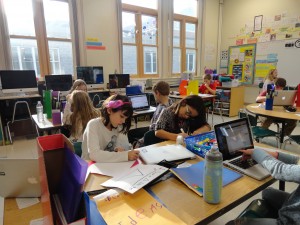 Thank you to families for fitting in yet another conference during this very busy season. Nearly all of our parent-teacher conferences have been scheduled. It has been nice to meet with you and hear what your learning goals are for your child. If you haven’t had a chance to schedule a meeting and would like to, please don’t hesitate to send a note or email. I am looking forward to meeting with you.
Thank you to families for fitting in yet another conference during this very busy season. Nearly all of our parent-teacher conferences have been scheduled. It has been nice to meet with you and hear what your learning goals are for your child. If you haven’t had a chance to schedule a meeting and would like to, please don’t hesitate to send a note or email. I am looking forward to meeting with you.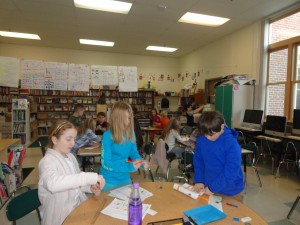 We’ve begun to explore our final invisible force, magnetism. We’ve explored the pushes and pull of gravity and the resistance that friction creates. Now we are exploring magnetism. Many of the children know that Earth is a giant magnet and suspect that life wouldn’t be the same without magnetism. Would Earth be wobbly? Would weather and ocean currents change? While we may
We’ve begun to explore our final invisible force, magnetism. We’ve explored the pushes and pull of gravity and the resistance that friction creates. Now we are exploring magnetism. Many of the children know that Earth is a giant magnet and suspect that life wouldn’t be the same without magnetism. Would Earth be wobbly? Would weather and ocean currents change? While we may  not discover concrete proof to answer those questions we should be able to discover the properties of magnets and learn how magnetism is used in motors and with electricity to reduce friction and make them run more efficiently. For now they are fun.
not discover concrete proof to answer those questions we should be able to discover the properties of magnets and learn how magnetism is used in motors and with electricity to reduce friction and make them run more efficiently. For now they are fun.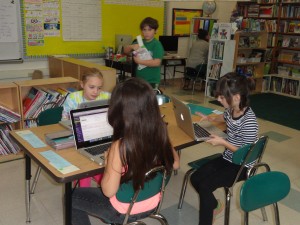 Now that our first informational writing piece and project is completed, the children have a much wider choice during writing. This is a challenge for some of them. They are having difficulty managing their behavior to do the hard work of developing an idea. All this week we’ve been sharing books that have been about the writing process. We’ve been asking the class to think about where they are in their composition process.
Now that our first informational writing piece and project is completed, the children have a much wider choice during writing. This is a challenge for some of them. They are having difficulty managing their behavior to do the hard work of developing an idea. All this week we’ve been sharing books that have been about the writing process. We’ve been asking the class to think about where they are in their composition process. In addition to working their writers’ notebooks, many of the children have been choosing to add posts to their blogs. They’ve been typing over some of the personal narratives they wrote in the beginning of the year. Others are writing and illustrating poems. And still others are writing stories and creating step-by-step how-tos with original illustrations that they’ll scan in to share. Writing is a creative, productive time in 3E.
In addition to working their writers’ notebooks, many of the children have been choosing to add posts to their blogs. They’ve been typing over some of the personal narratives they wrote in the beginning of the year. Others are writing and illustrating poems. And still others are writing stories and creating step-by-step how-tos with original illustrations that they’ll scan in to share. Writing is a creative, productive time in 3E.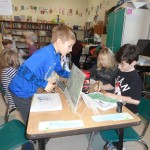
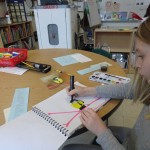

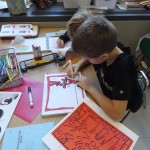 groups of 60 for hours. Encourage your child to tell you the time or to tell you what time it will be when… so they can figure out real-life time elapse problems. Any opportunity you can give them to practice reading clocks/watches and telling time is greatly appreciated.
groups of 60 for hours. Encourage your child to tell you the time or to tell you what time it will be when… so they can figure out real-life time elapse problems. Any opportunity you can give them to practice reading clocks/watches and telling time is greatly appreciated. Our first term is complete. Report cards are coming to you today. Please make time to read the information on the supporting document. Without that information the report card is likely to mean little. I hope that as you look at the numbers and letters on the report card, you will think about the work your child has been bringing home each week, what you’ve been reading on the blogs and what you’ve seen when you’ve visited the classroom. We have these opportunities to help you picture where your child learns and imagine how he or she functions within the social parameters of school. This term’s report card does not have a narrative (the other two will). Please find the accompanying Parent Teacher conference sign-up schedule. Hopefully this will bring more understanding to today’s document. During our conference we will also set 2 or 3 goals for your child. Please think about what is most important to you at this time. They could be social or academic goals. I will share those with your child and we’ll spend time working on them throughout the remainder of our year.
Our first term is complete. Report cards are coming to you today. Please make time to read the information on the supporting document. Without that information the report card is likely to mean little. I hope that as you look at the numbers and letters on the report card, you will think about the work your child has been bringing home each week, what you’ve been reading on the blogs and what you’ve seen when you’ve visited the classroom. We have these opportunities to help you picture where your child learns and imagine how he or she functions within the social parameters of school. This term’s report card does not have a narrative (the other two will). Please find the accompanying Parent Teacher conference sign-up schedule. Hopefully this will bring more understanding to today’s document. During our conference we will also set 2 or 3 goals for your child. Please think about what is most important to you at this time. They could be social or academic goals. I will share those with your child and we’ll spend time working on them throughout the remainder of our year. Thank you for coming to hear your child present his or her work and share learning goals. Third graders are just beginning to understand they are responsible for what they learn. They can learn a lot or a little – it depends on their attention and focus, their effort and persistence and on their abilities to reflect and set personal learning goals. The last in the list is a skill that is just beginning to emerge and with our support will continue to grow over the next few years.
Thank you for coming to hear your child present his or her work and share learning goals. Third graders are just beginning to understand they are responsible for what they learn. They can learn a lot or a little – it depends on their attention and focus, their effort and persistence and on their abilities to reflect and set personal learning goals. The last in the list is a skill that is just beginning to emerge and with our support will continue to grow over the next few years. I thought the children did a very good job setting goals they can actually achieve and in setting goals we can track throughout the year. We will keep revisiting their goals and adjusting them as needed. It will be interesting to see how each of them chooses to document and share growth across the year.
I thought the children did a very good job setting goals they can actually achieve and in setting goals we can track throughout the year. We will keep revisiting their goals and adjusting them as needed. It will be interesting to see how each of them chooses to document and share growth across the year. The children also learned a great deal about habitats around the world. They learned about food webs and food chains. Many of their animals are endangered. They understand how one change – the loss of one animal is never just one – it impacts and changes entire ecosystems. At first we thought it would make no difference if one animal is lost, but now we know different.
The children also learned a great deal about habitats around the world. They learned about food webs and food chains. Many of their animals are endangered. They understand how one change – the loss of one animal is never just one – it impacts and changes entire ecosystems. At first we thought it would make no difference if one animal is lost, but now we know different.

 We learned the three things needed for combustion. See if your child can remember what it took to make the turkey baster cannon fire. Combustion needs three things – can they tell you? We also learned about catalysts to chemical reactions. It was interesting to learn that science is like following a recipe – the right amount and combinations work perfectly. Talk to your child about what s/he remembers. It was fun and interesting. Be on the lookout for information about our Who Am I scientist project. It will require some of your help at home – thank you in advance for that!
We learned the three things needed for combustion. See if your child can remember what it took to make the turkey baster cannon fire. Combustion needs three things – can they tell you? We also learned about catalysts to chemical reactions. It was interesting to learn that science is like following a recipe – the right amount and combinations work perfectly. Talk to your child about what s/he remembers. It was fun and interesting. Be on the lookout for information about our Who Am I scientist project. It will require some of your help at home – thank you in advance for that!
 This week we’ve been exploring the connection between telling time and knowing the 5 times table. The children have been working to read analogue and digital clocks. They’ve been thinking about how many of one thing they think they can do in a minute and then checking to see how much time as elapse. We’ve also straightened out the time on a clock to show how it is a time line.
This week we’ve been exploring the connection between telling time and knowing the 5 times table. The children have been working to read analogue and digital clocks. They’ve been thinking about how many of one thing they think they can do in a minute and then checking to see how much time as elapse. We’ve also straightened out the time on a clock to show how it is a time line. This week our challenge with Mr. Caron was one where we could practice either self-management or social responsibility. Each student chose what he or she would work on and then we problem solved our way across a “swamp.”
This week our challenge with Mr. Caron was one where we could practice either self-management or social responsibility. Each student chose what he or she would work on and then we problem solved our way across a “swamp.”


